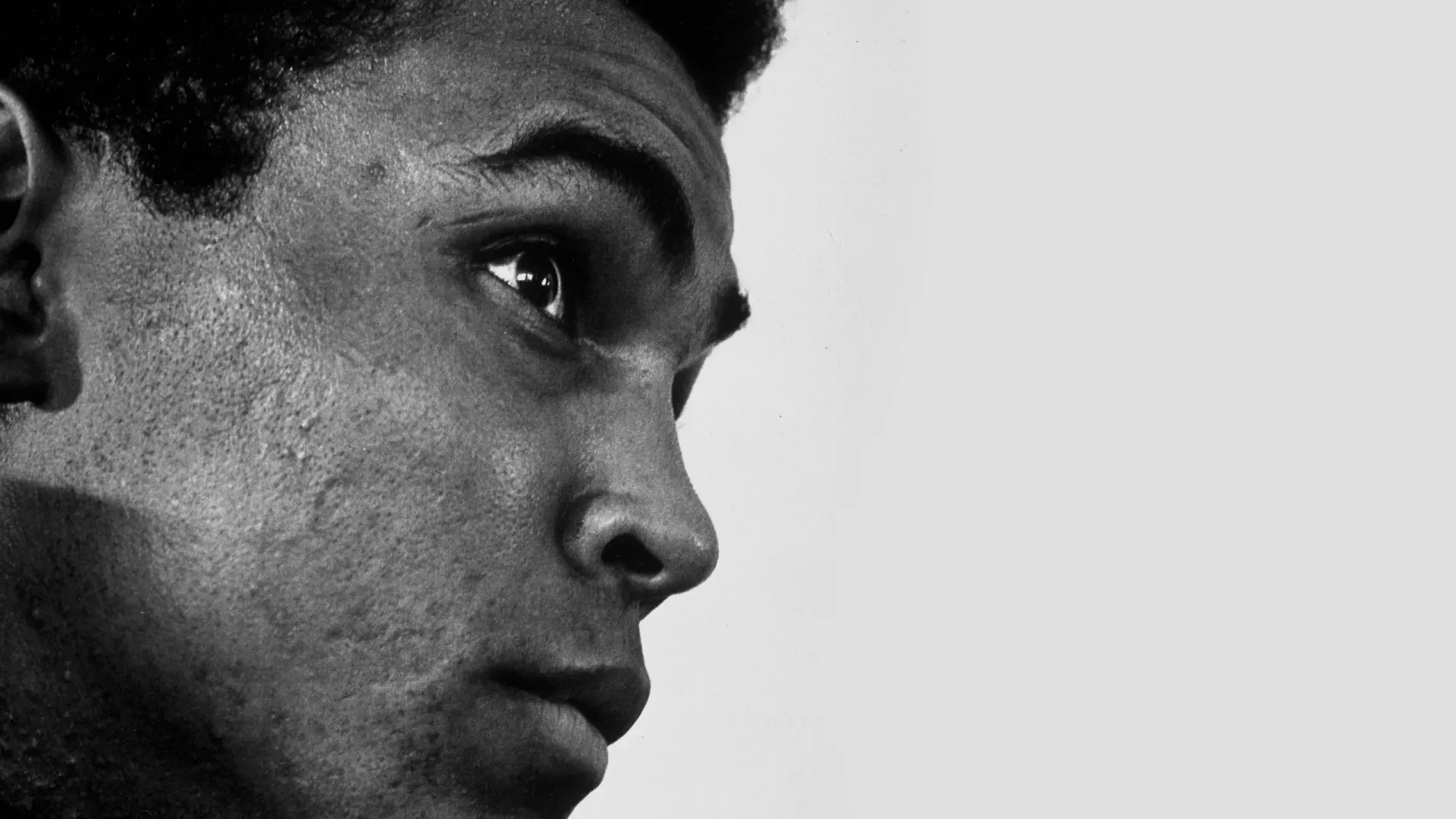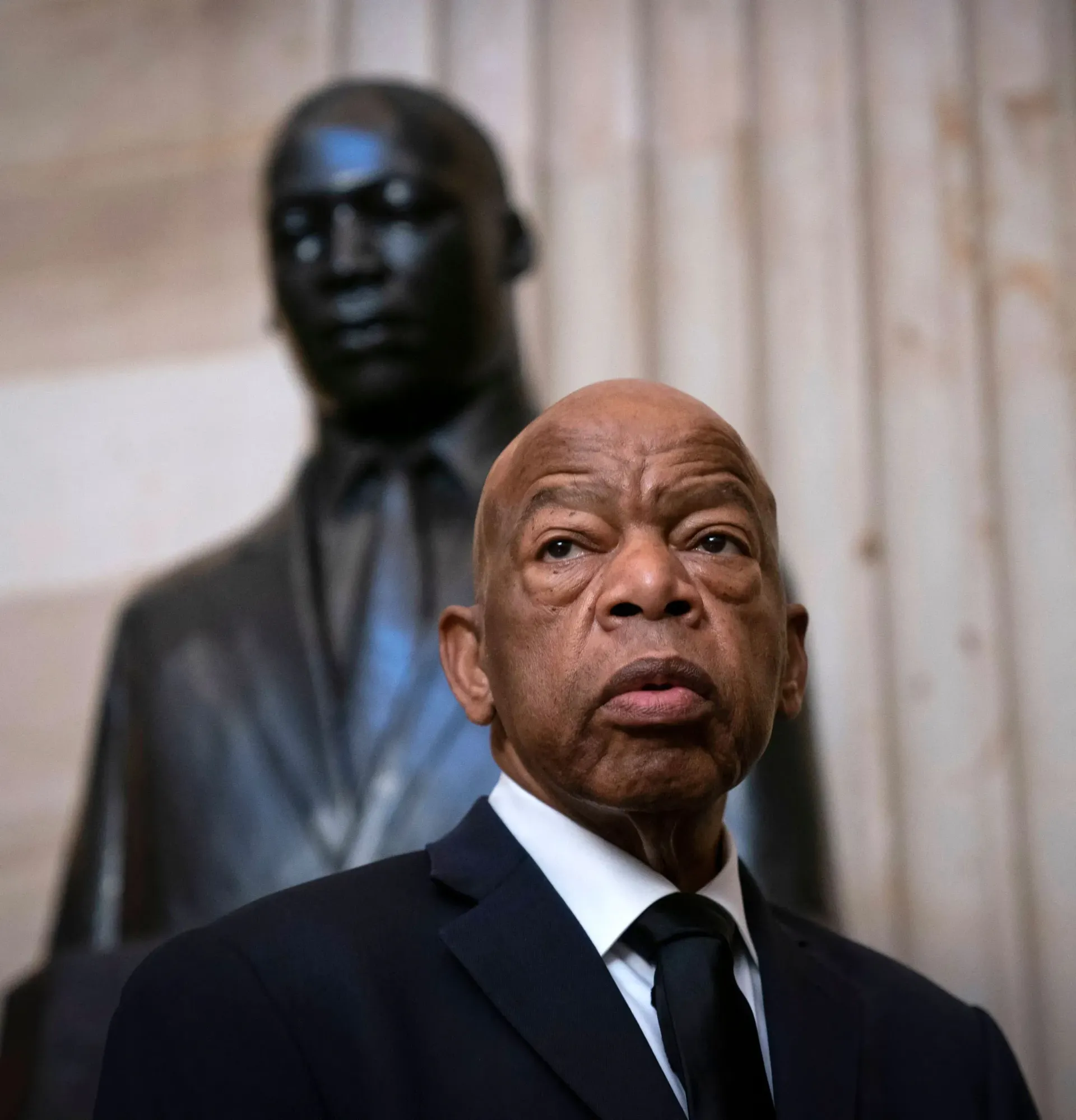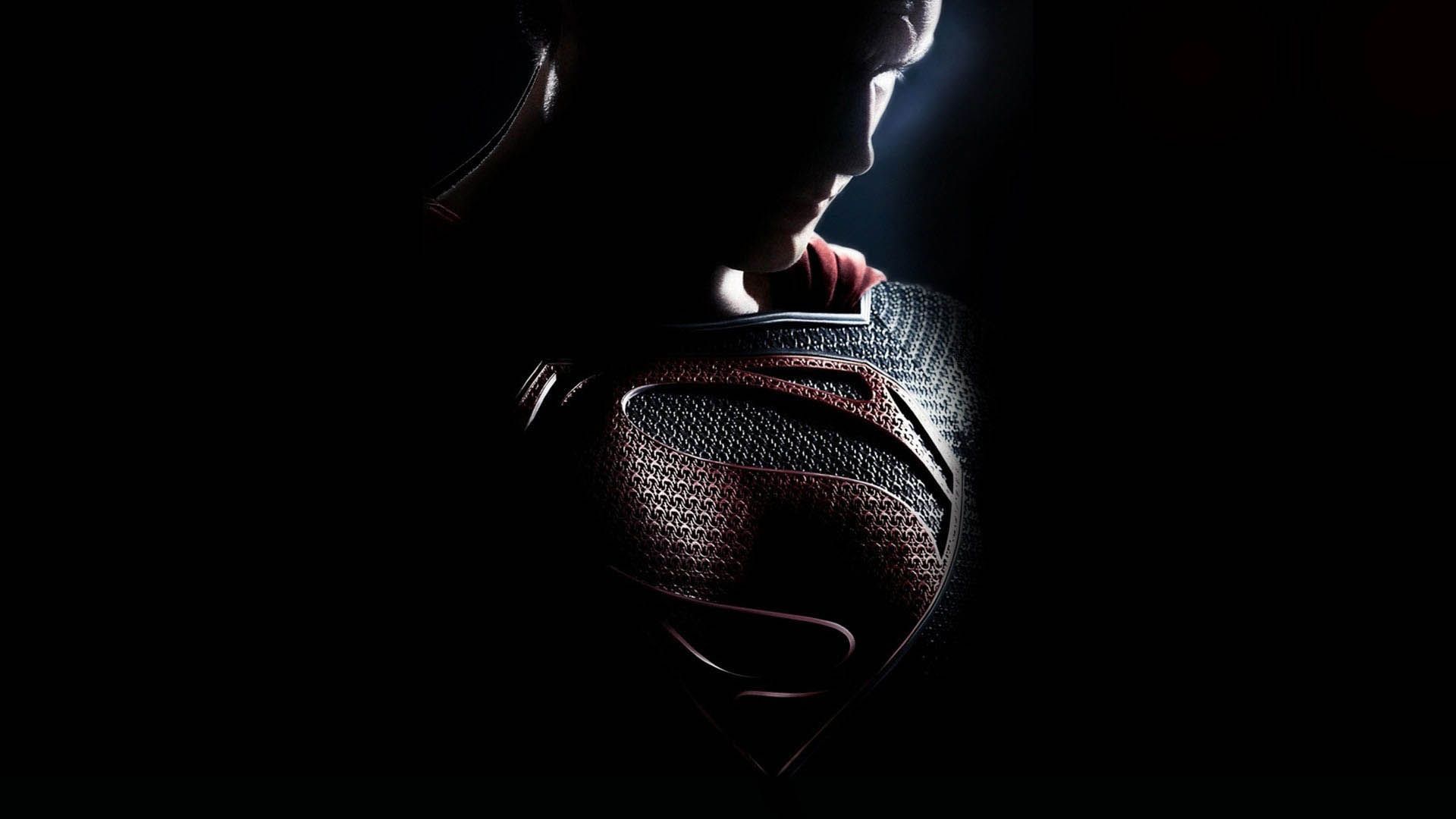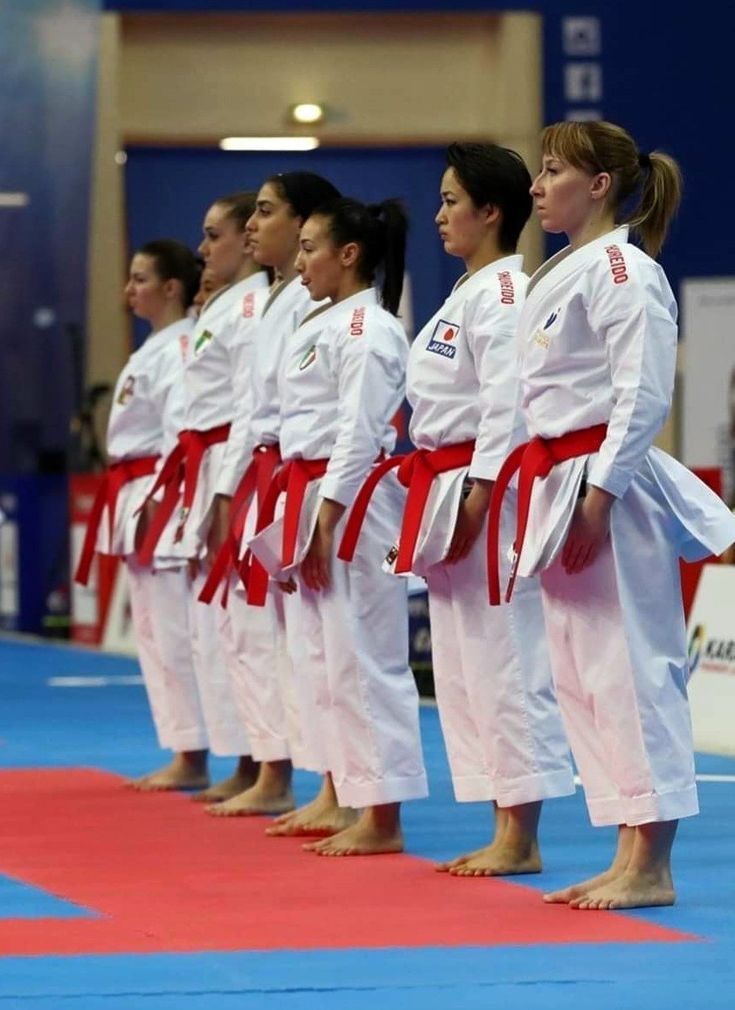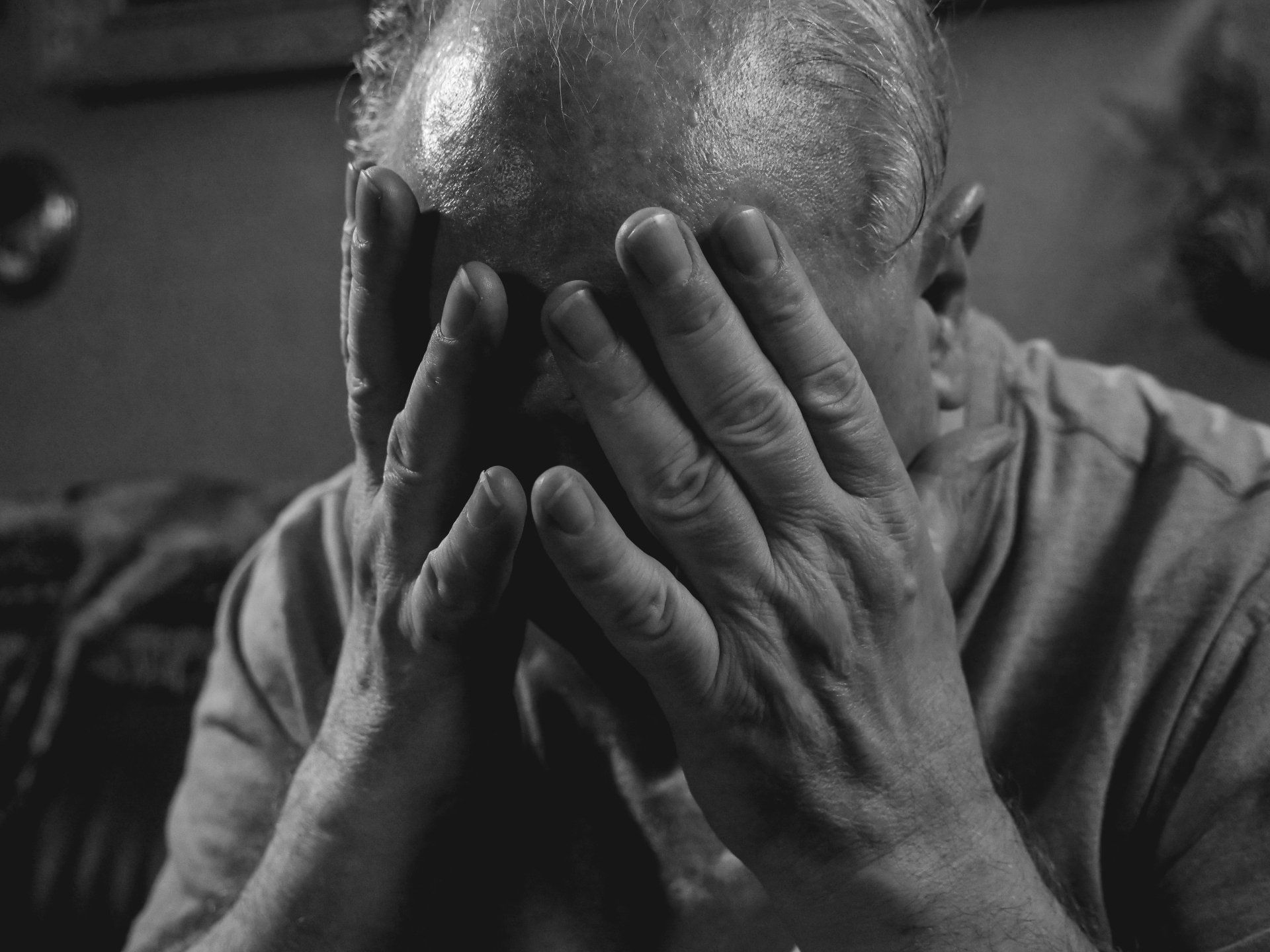The Way of the Warrior: How Martial Arts Forge Character and Foster Peace
From Violence to Virtue: Martial Arts & Character Development
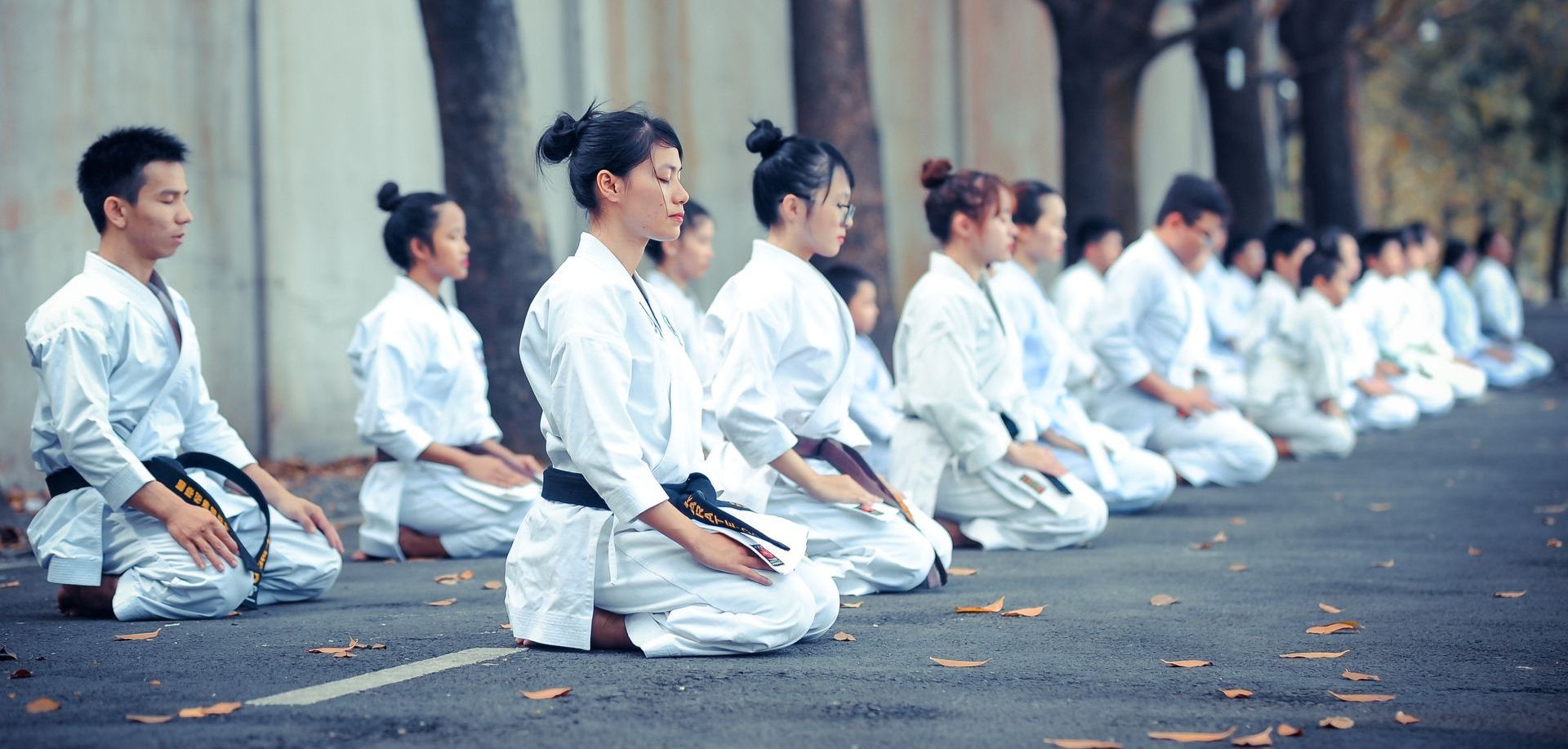
Martial arts, with their roots deeply embedded in ancient traditions of self-defense and combat, have captivated humanity for millennia. Yet, beyond their physical prowess and fighting techniques lies a profound potential for shaping character and fostering peace. This essay explores the seemingly paradoxical influence of martial arts – how a discipline born from conflict can cultivate inner harmony, reduce violence, and provide a path to rehabilitation for troubled youth.
At the core of martial arts lies a philosophy of self-discipline. Many martial arts traditions, from the stoicism of Taekwondo to the mindfulness of Aikido, emphasize the importance of mastering oneself before attempting to master an opponent. This translates into developing mental focus, emotional control, and unwavering perseverance – qualities that extend far beyond the dojo (training hall) and into everyday life. Through rigorous training routines and repetitive drills, students learn to push their physical and mental limits, fostering resilience and grit. They are challenged to manage frustration, control aggression, and channel their emotions productively. This dedication to self-improvement spills over into other aspects of life, leading to better academic performance, stronger work ethic, and a greater capacity to overcome challenges.
The very essence of martial arts training involves respect. Students bow not only to their instructors but also to their fellow practitioners, acknowledging the hierarchy of knowledge and the shared journey of learning. This fosters a sense of camaraderie and community, where respect for oneself translates to respect for others. Learning alongside peers from diverse backgrounds dismantles stereotypes and builds empathy. The concept of "respect for your opponent" is ingrained in many martial arts. While striving for victory, students are taught to acknowledge the skill and dedication of their opponent, fostering humility and sportsmanship. This attitude of respect translates into conflict resolution skills, allowing practitioners to de-escalate situations and seek peaceful solutions in their daily lives.
The concept of non-violence might seem counterintuitive in the context of martial arts. However, many martial arts emphasize self-defense rather than aggression. The core principle is not to seek out conflict but to be prepared for it if unavoidable. Techniques are designed to neutralize threats and control opponents with minimal force, promoting a measured and defensive approach. Learning to evade an attack or subdue an opponent without inflicting unnecessary harm cultivates a sense of inner peace and confidence, reducing the impulse to resort to violence in everyday situations.
This philosophy of non-violence is particularly impactful for delinquent youth. Many martial arts schools have successfully implemented programs specifically designed to help troubled teenagers find a positive outlet for their frustrations and channel their energy into self-improvement. The structured environment of the dojo provides a sense of belonging and discipline that might have been absent in their lives. The emphasis on respect, self-control, and perseverance offers valuable tools for anger management and conflict resolution.
Martial arts training also provides a safe space for young people to build self-esteem and confidence. Mastering new techniques, achieving personal goals, and earning recognition from instructors and peers fosters a sense of accomplishment. This newfound confidence translates into improved social skills and a sense of purpose, empowering them to make positive choices and break free from negative influences. The camaraderie within the dojo creates a support system, allowing them to connect with positive role models and peers who share a commitment to growth and discipline.
Several success stories illustrate the transformative power of martial arts for at-risk youth. A study by the National Institute of Justice found that participation in martial arts programs led to a decrease in violent behavior and delinquency among juvenile offenders. Another study by the Journal of Youth and Adolescence showed that participation in martial arts programs led to an increase in self-esteem, self-control, and positive social interaction among high-risk youth. These studies, and countless anecdotal accounts, underscore the potential of martial arts to be a powerful tool for rehabilitation and positive youth development.
However, the impact of martial arts on character development is not without its challenges. The effectiveness of martial arts programs hinges on the quality of instruction and the philosophy of the instructors. Some martial arts schools might overemphasize aggression and competition, potentially undermining the values of respect and non-violence. Additionally, the inherent physicality of martial arts can attract individuals seeking an outlet for aggression, potentially creating a breeding ground for violence rather than discouraging it.
To maximize the positive impact of martial arts on character development, it is crucial to ensure that programs focus on holistic development. Technical training should be accompanied by emphasis on the philosophical underpinnings of the discipline, fostering respect, self-control, and non-violence. Instructors should be role models who embody the positive values of martial arts and provide guidance and support to their students.
Ultimately, the true impact of martial arts lies not just in the ability to defend oneself but in the ability to defend one's character. The "Way of the Warrior" is not just about physical prowess; it's a.lifelong journey of self-discovery, discipline, and respect. It's a philosophy that transcends the dojo, equipping individuals with the tools to navigate the complexities of life with focus, integrity, and a peaceful resolve.
The potential benefits of martial arts extend beyond youth rehabilitation. Martial arts offer adults a path to stress management and improved mental well-being. The meditative aspects of some disciplines, like the focus required for breathing exercises and kata (forms), can promote mindfulness and inner calm. The physical exertion involved in training releases endorphins, natural mood elevators that combat stress and anxiety. For individuals struggling with anger or frustration, martial arts offer a healthy outlet for channeling these emotions while simultaneously learning to manage them constructively.
Furthermore, martial arts can be a powerful tool for empowerment. Learning self-defense techniques translates into a sense of security and confidence that extends far beyond physical safety. This newfound confidence spills over into other aspects of life, allowing individuals to approach challenges with a sense of self-assuredness. The knowledge that one possesses the skills to defend oneself, coupled with the discipline and self-control honed through training, fosters a sense of personal agency and empowerment.
The influence of martial arts on character development is not a one-size-fits-all proposition. The specific values and philosophies emphasized will vary depending on the style of martial arts practiced and the individual instructor's approach. However, the core principles of self-discipline, respect, and non-violence offer a universal foundation for character building. Whether it's a young person seeking direction or an adult seeking stress relief, martial arts have the potential to empower individuals to become better versions of themselves, fostering a more peaceful and respectful society.
In conclusion, while the origins of martial arts lie in combat, their true legacy lies in the profound effect they have on character development. By fostering self-discipline, respect, and non-violence, martial arts equip individuals with the tools to navigate life's challenges with focus, integrity, and inner peace. For troubled youth, martial arts offer a path to rehabilitation and a brighter future. For adults, they provide stress management, mental well-being, and a sense of empowerment. Ultimately, the true mark of a martial artist lies not just in their physical prowess but in the strength of their character, a testament to the enduring influence of the "Way of the Warrior."

